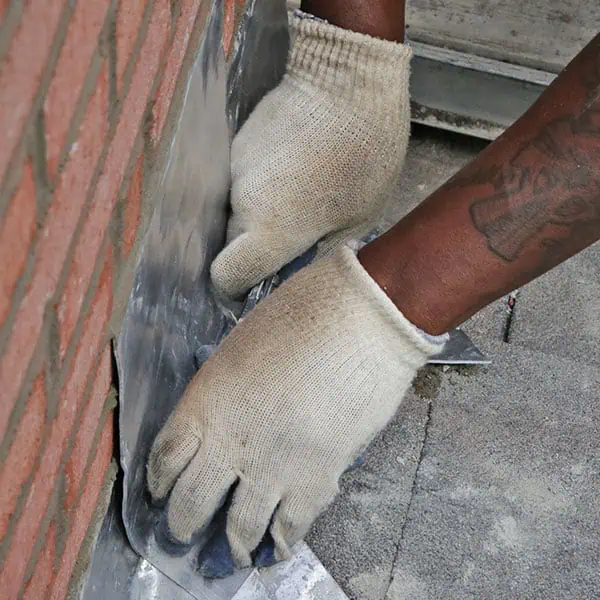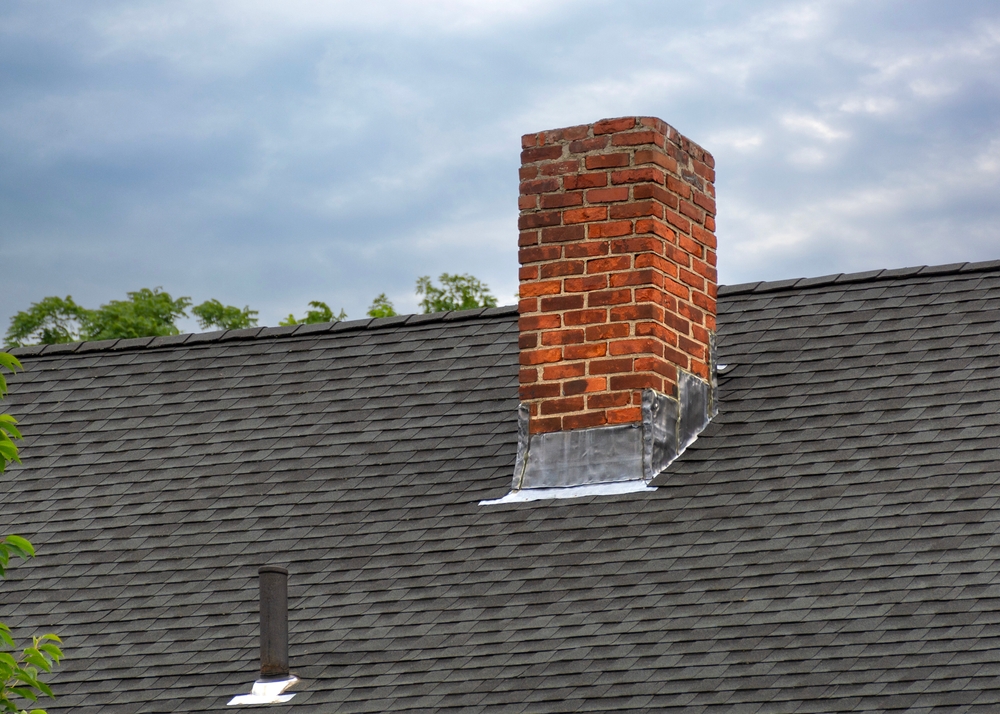What is Chimney Flashing and Why it Matters in Norfolk and Plymouth Counties?
Chimney flashing refers to the sheets of metal installed where your chimney structure meets the roofline. Its sole purpose is to create a watertight seal, preventing rain, snowmelt, and ice from seeping into this vulnerable intersection. Properly installed flashing acts like a protective barrier, directing water away from the chimney and down onto the roof surface. Without chimney flashing, water intrusion is almost inevitable, leading to serious damage over time.
Functional chimney flashing is absolutely necessary in Norfolk County and Plymouth County, MA, where homes endure winters consisting of snow, ice, and significant rainfall. Freeze-thaw cycles can dislodge or damage flashing materials, and ice dams can force water underneath improperly sealed edges. Therefore, regular chimney inspection and on-time chimney flashing repair are key chimney flashing services needed to protect your home from water damage originating at the roofline, preventing issues like wood rot and mold growth.

Advantages of Well-Maintained Chimney Flashing
Reasons for Flashing Failure
First, several factors can lead to a chimney flashing leak, requiring professional experience. Physical damage is common; flashing can become dented by falling branches or dislodged during harsh weather or roof work. Secondly, simple aging and exposure, especially relevant in Norfolk and Plymouth County homes, can cause materials like galvanized steel to rust or corrode, creating holes. The sealant used along the flashing edges can also dry out, crack, and fail, breaking the watertight seal and necessitating chimney flashing repair.
Improper installation is also a contributor. If the flashing wasn’t layered correctly (step flashing under shingles, counter flashing embedded into mortar joints) or cut precisely, gaps can exist. House settling can also create stress and gaps over time. Additionally, ice dams forming along the roof edge during Massachusetts winters can trap melting snow, forcing water up and under the edges of an evenly installed chimney flashing, eventually leading to a leak. Are you in need of chimney flashing repair in your local area? We serve your local area with chimney services that target the main concerns if you face these distinct issues.

How We Address Flashing Problems
Sufficient chimney flashing repair depends on accurately identifying the failure point. Sometimes, minor issues like failed sealant can be addressed by removing the old caulk and applying a new, high-quality sealant designed for exterior use. However, if the metal itself is damaged, rusted, or improperly installed, replacement is often the better long-term solution. Chimney flashing involves multiple components working together for a watertight system.
This subsection typically will cover step flashing (L-shaped pieces woven into roof shingles along the chimney sides), apron flashing (a single piece at the downhill base), and counter flashing (metal embedded into the chimney’s mortar joints, overlapping the step/apron flashing). During chimney flashing repair or replacement, each piece must be precisely cut, fitted, and layered. The counter flashing detail, correctly embedded into the mortar, is important for preventing water from getting behind the primary flashing components. Our chimney flashing services make sure that this complex system is installed for maximum water protection in Norfolk and Plymouth County homes.
Don’t Hesitate to Reach Out – We’re Here to Help Every Step of the Way
Our Approach to Flashing Repair & Installation
01
Inspection Leak Diagnosis
02
Material Prep Removal
03
Flashing Repair Replacement